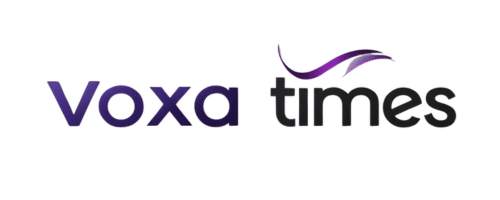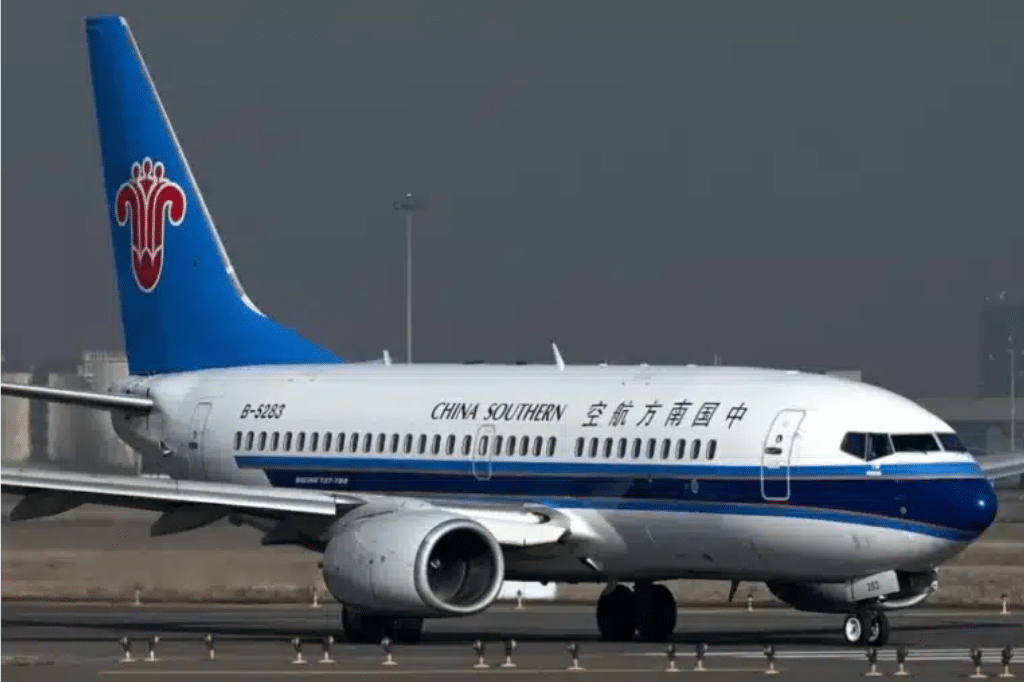After a long pause due to escalating trade tensions, Boeing has resumed its aircraft deliveries to China. On Monday, a Boeing 737 MAX aircraft arrived in China, signaling a positive turn for both Boeing and its Chinese customers, following the easing of the trade dispute between the United States and China.
The deliveries had been halted back in April when the U.S. and China engaged in a tariff conflict that disrupted trade, including aircraft shipments. However, after both nations agreed to a temporary 90-day tariff reduction, Boeing announced that it would restart its deliveries to Chinese clients in June.
The 737 MAX, which features the Xiamen Airlines livery, landed at Boeing’s Zhoushan center, located near Shanghai, after departing from Seattle on Saturday. The plane made refueling stops in Hawaii and Guam before completing its journey across the Pacific. This particular aircraft had previously been shipped to Zhoushan in March but was brought back to the U.S. in April when delivery to Chinese airlines was stopped due to tariff disputes.
Flightradar24, a flight tracking service, tracked the aircraft’s journey, highlighting the importance of the plane’s return to Chinese territory. During the tariff halt, several other 737 MAX jets were stuck in the U.S. at various stages of production. A minimum of three jets were returned to the United States in April, including this particular 737 MAX, after it was initially meant for Chinese airlines.
Although Boeing has not disclosed the precise number of aircraft slated for delivery, it is believed that China accounts for roughly 10% of the company’s global aircraft backlog. The country’s rapidly growing aviation market is seen as a key factor in Boeing’s long-term strategy in the region.
The ongoing U.S.-China trade talks are pivotal for the future of the aerospace sector. Representatives from both nations are set to convene in London on Monday to further their negotiations aimed at settling the ongoing trade dispute. These talks could pave the way for further easing of trade barriers that have impacted industries like aerospace.
In previous statements, Boeing had acknowledged that high tariff rates had kept Chinese airlines from accepting their new aircraft. As a result, Boeing had even considered reselling some of the planes originally intended for Chinese customers, though it chose to retain them in hopes that the trade dispute would subside.
However, the latest developments suggest that as tariffs ease, China’s demand for new aircraft will rise. Boeing has forecasted that up to 50 jets will be delivered to Chinese carriers by the end of the year, with 41 already in production or pre-assembled.
The 737 MAX’s return to China symbolizes a brighter future for Boeing and is seen as a signal of improving trade relations between the U.S. and China. The renewed deliveries not only benefit Boeing but also underline the importance of a stable trade environment for the global economy.
The trade tension reduction comes at a critical moment for both U.S. and Chinese companies, who are working to recover from the financial impact of the global pandemic. With the aviation industry slowly regaining momentum, Boeing’s renewed deliveries to China could have far-reaching effects on global trade, the supply chain, and the aviation market.
Though there has been no official comment from Boeing, Xiamen Airlines, or the Civil Aviation Administration of China (CAAC), industry experts are hopeful that this marks the beginning of an era of strengthened U.S.-China trade relations. Many expect more cooperation between the two nations, particularly in the aerospace and aviation sectors.
For more latest news and information visit now! Voxa Times.





